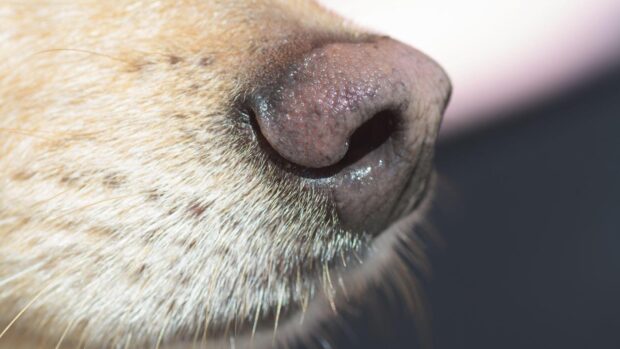Find an equine vet
Equine sports need to be clean, but horses also require medication when they become ill or injured. For this reason, vets have to be very careful when treating horses in training because these drugs remain in the system and can be picked up in a dope test many days later.
Vets have been given guidance on drug detection times, worked out by medicating healthy horses and then repeatedly testing their blood and urine until the drug can no longer be detected.
But pharmacologists in Toulouse have investigated whether exercise makes any difference to these drug detection times.
They pointed out that experiments to determine drug elimination times have almost always been conducted in resting horses under controlled experimental conditions.
The pharmacologists took eight healthy sport horses and tested the drug detection times for phenylbutazone (bute) and the anti-inflammatory and anti-allergy agent dexamethasone, a corticosteroid.
All the horses were tested separately for each medicine during periods of endurance-type training and when they were resting. The results showed that, as suspected, the medicines did behave differently.
When the horses were injected just before a three-hour exercise session, the clearance time from the plasma was slower than when they were dosed at rest.
The scientists concluded that drug detection times for these medicines assessed at rest are good enough as a rough guide, but that we should be careful to allow wide margins of caution for horses in hard work.
For the full article on the latest veterinary research and developments, see the current issue of Horse & Hound (15 July, ’10)
Want to read more veterinary equine news?
Find an equine vet near you



